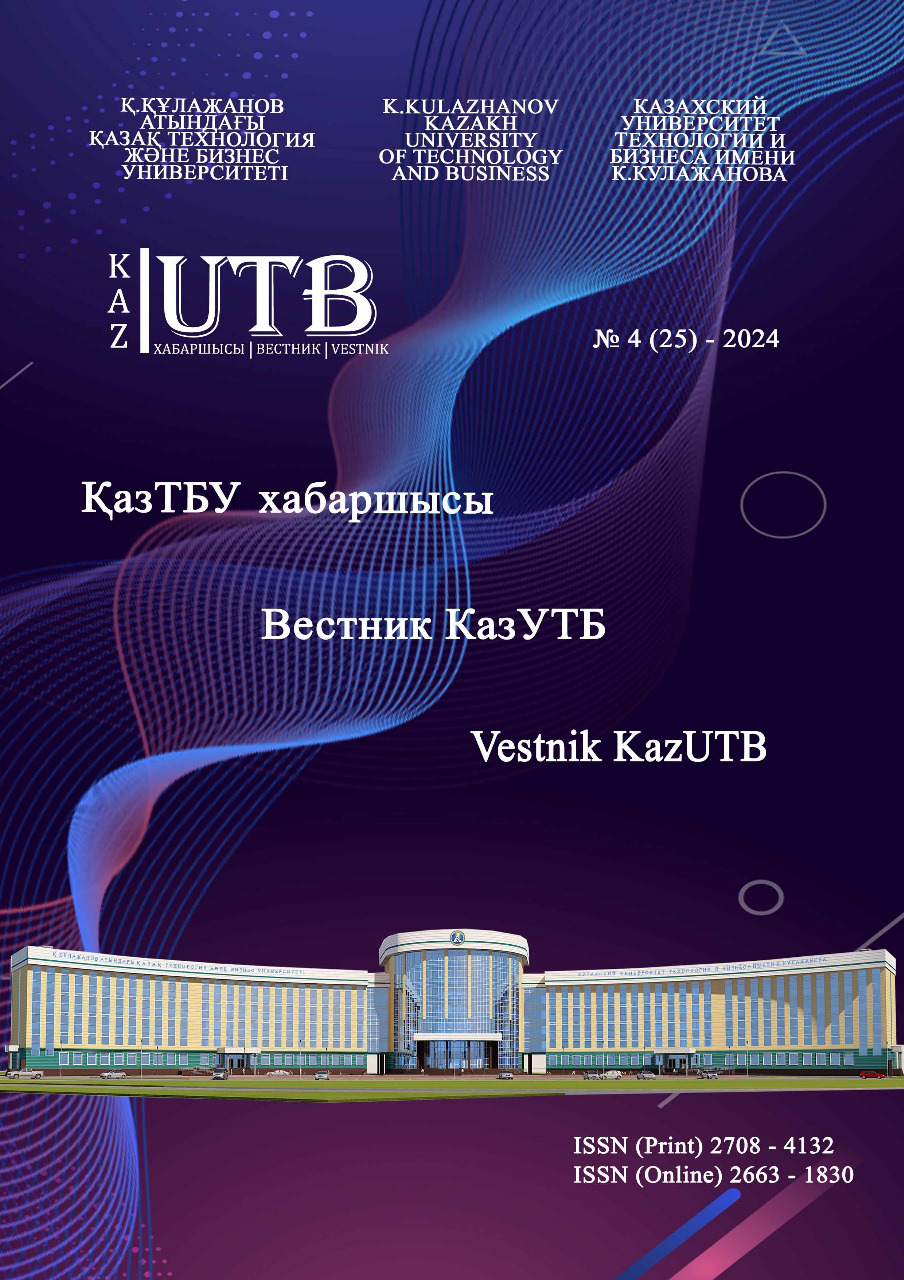Меню


Information and communication and chemical technologies
No. 4 (25) - 2024 / 2024-12-31 / Number of views: 59
IMMOBILIZATION OF SILVER NANOPARTICLES IN BIONANOCOMPOSITES OF POLYSACCHARIDE AND MONTMORILLONITE
Authors
Keywords
nanoparticles of silver, bionanocomposite, montmorillonite, silver ions release, mechanical strength, swelling kinetics
Link to DOI:
How to quote
Abstract
The article presents the results of the research, in the course of which the possibility of silver immobilisation into bionanocomposites consisting of natural polymers and montmorillonite was studied, and the influence of silver nanoparticles (Ag-NPs) content in bionanocomposites (BNC) of mixtures of sodium salt of alginic acid (Na-ALG), sodium salt of carboxymethylcellulose (Na-CMC) and sodium montmorillonite (Na-MMT) on the kinetics of swelling in water, as well as the kinetics of Ag⁺ ions release from them. It is shown that with the increase of Ag-NPs content in BNC its strength increases, swelling decreases up to 2,5 times, and the kinetics of Ag⁺ ions release increases. In addition to the content of bionanocomposites, the influence of the pH of the medium on the release of silver ions from the composites was studied. It was found that as the pH value of the solution increased, the degree of release of silver ions also increased. That is, as the pH value increased from 1.2 to 7.4, the release kinetics of silver ions increased up to 3 times. The results of this study provide the possibility of producing biodegradable as well as bioavailable composites from native montmorillonite and inexpensive, readily available natural polymers. In this paper it was shown how films based on "silver montmorillonite" and polysaccharides can be obtained and the immobilisation process optimised for prolonged (prolonged) release of Ag+ ions into aqueous solution, making them valuable for use as biomaterials. The results obtained in the article give reason to assert the possibility of introducing the production of bionanocomposites into real industrial production.



